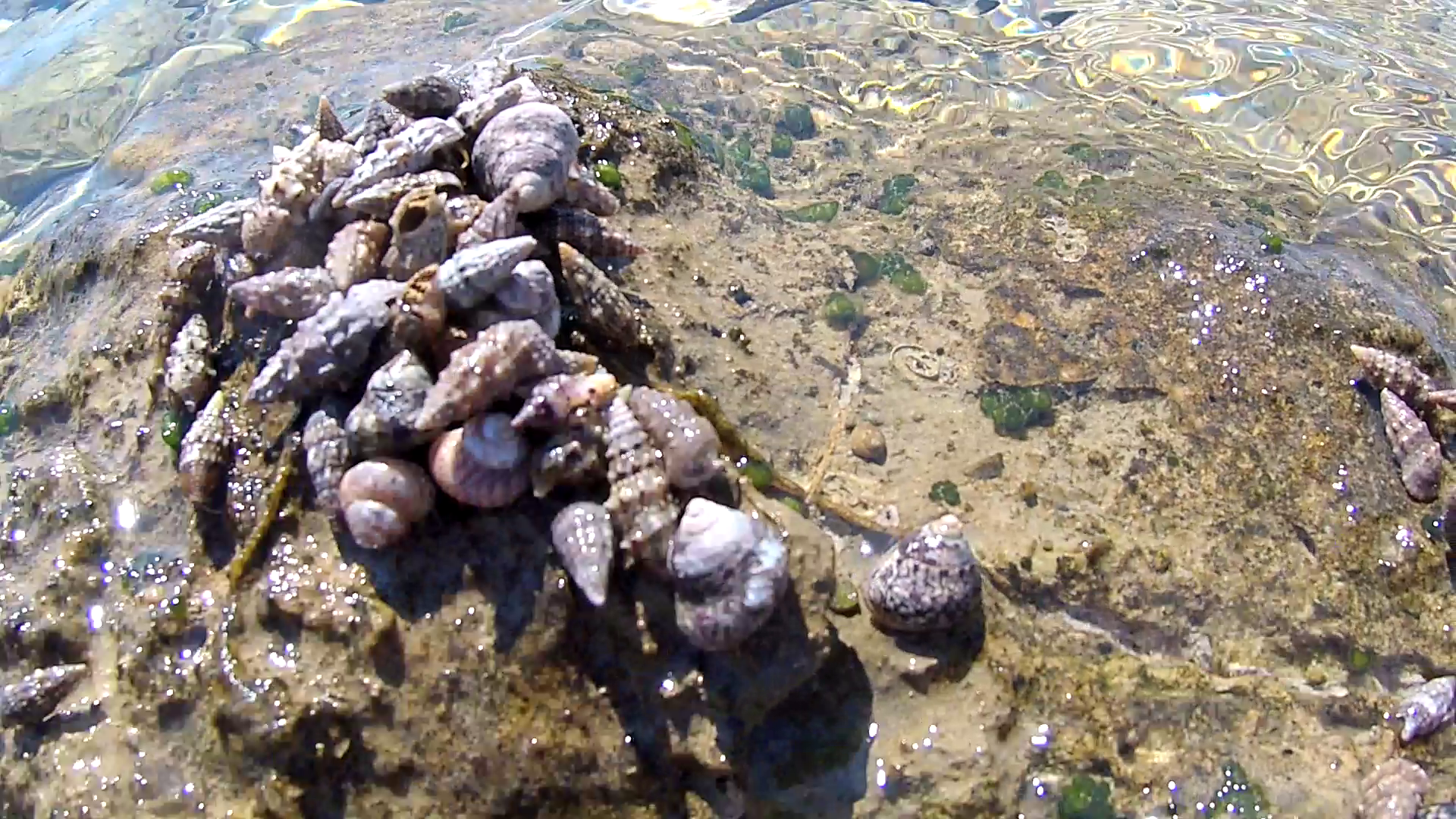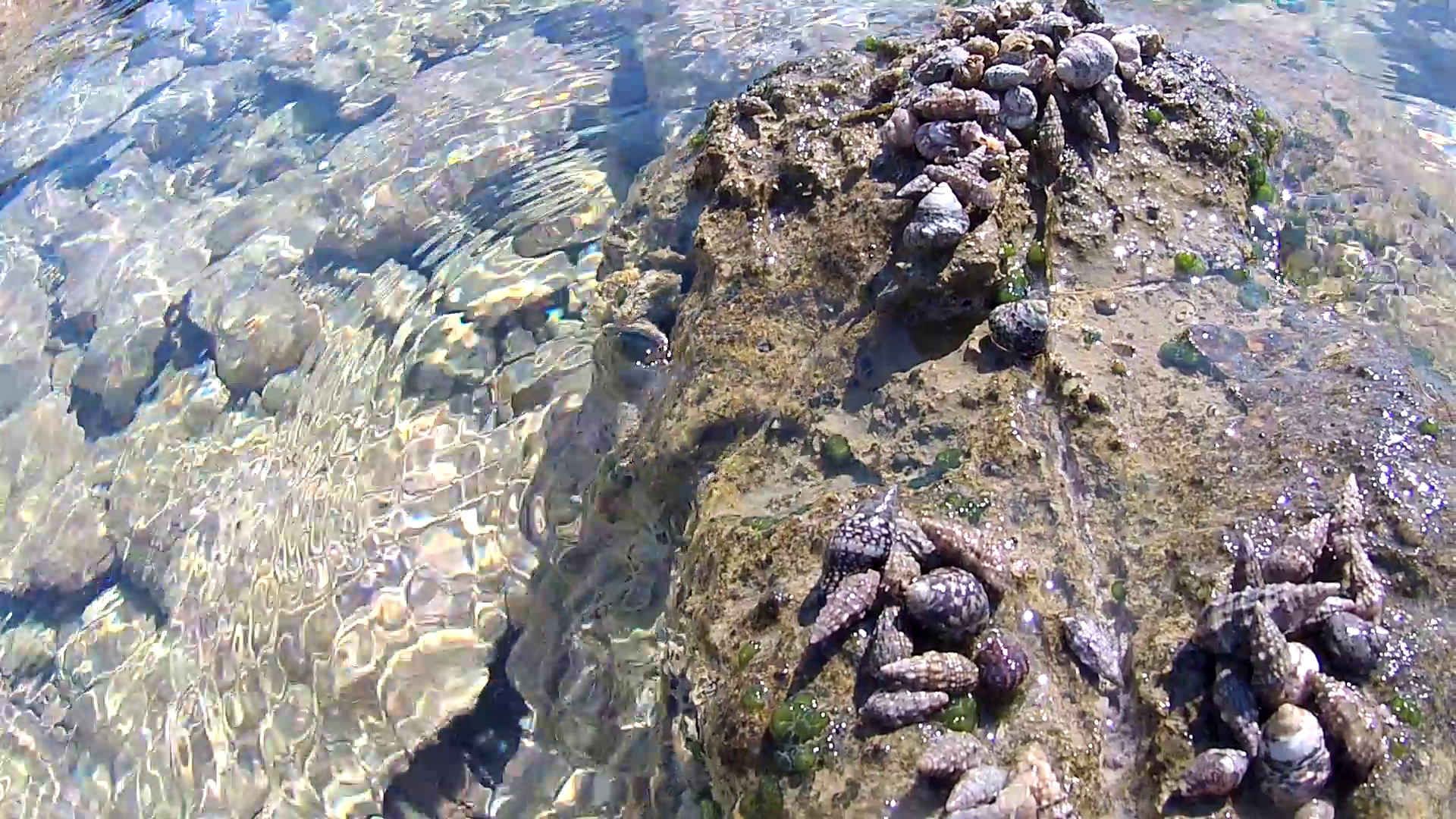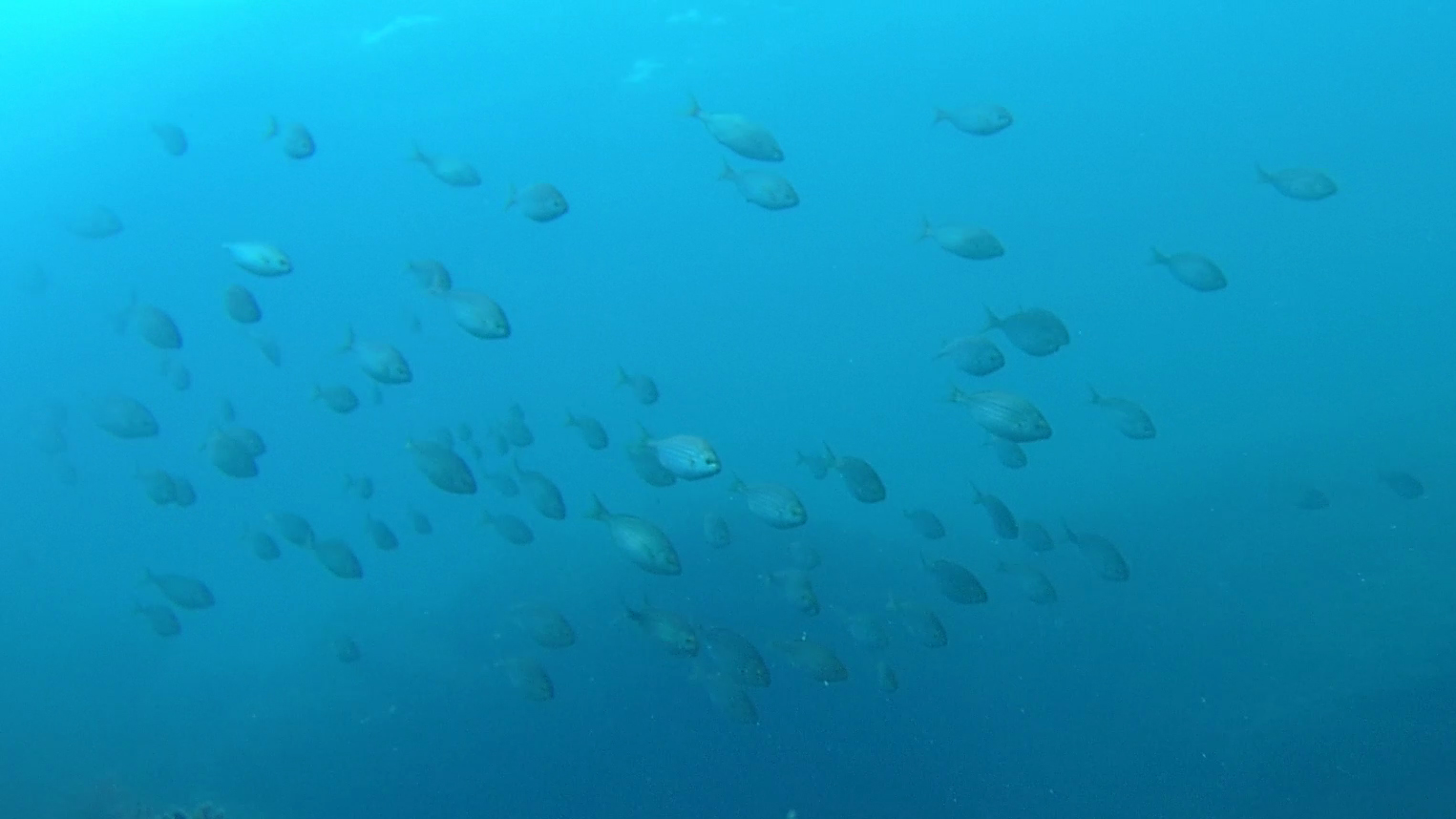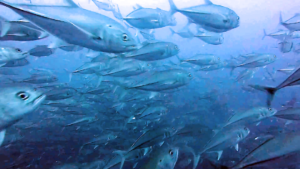In this short video you can see an unusual grouping of hermit crabs Clibanarius erythropus. The video was made at the end of July. This period of summer coincides with the reproduction period of these unique marine crabs. This hermit crab lives in areas close to the sea surface, but it can also live immediately out of the water and withstand higher temperatures than those found in sea water. Clibanarius erythropus is a species of hermit crab that lives in rockpools and sublittoral waters. It is found in the Mediterranean Sea, Black Sea and eastern Atlantic Ocean from the Azores to Brittany, the Channel Islands and as far north as the south Cornwall coast. Individuals may grow up to a carapace length of 15 millimetres. paguri in riproduzione

Paguri in riproduzione – Crabs “Erythropus Clibanarius” – Meeting for reproduce – intotheblue.it
A variety of different gastropod shells are used by Clibanarius erythropus , the most frequent being Littorina striata, Mitra, Nassarius incrassatus and Stramonita Haemastoma, which collectively account for 85% of all the individuals studied in the Azores, in the Mediterranean, shells of Cerithium, Alvania montagui and Pisania maculosa are most used by Clibanarius erythropus . Like other hermit crabs, Clibanarius erythropus feeds on “organic debris, decayed and fresh macro-algae with associated fauna and epiphytic algal flora, small invertebrates, and macroscopic pieces of dead and live animal tissues”. It has been shown that Clibanarius erythropus individuals select substrates where they can cover large distances, and that globes shells allow them greater mobility than elongate ones.

Paguri in riproduzione – Crabs “Erythropus Clibanarius” – Meeting for reproduce – intotheblue.it
In 2016 the BBC Spring watch programme highlighted Clibanarius erythropus and ran a competition to provide a vernacular name. The winning name was St Piran’s crab, a process supported by National Trust West Cornwall and the Cornwall Wildlife Trust Saint Piran is generally regarded as the patron saint of Cornwall, and was a hermit who survived being thrown into the sea.
(extract from Wikipedia)
 English
English Italiano
Italiano



